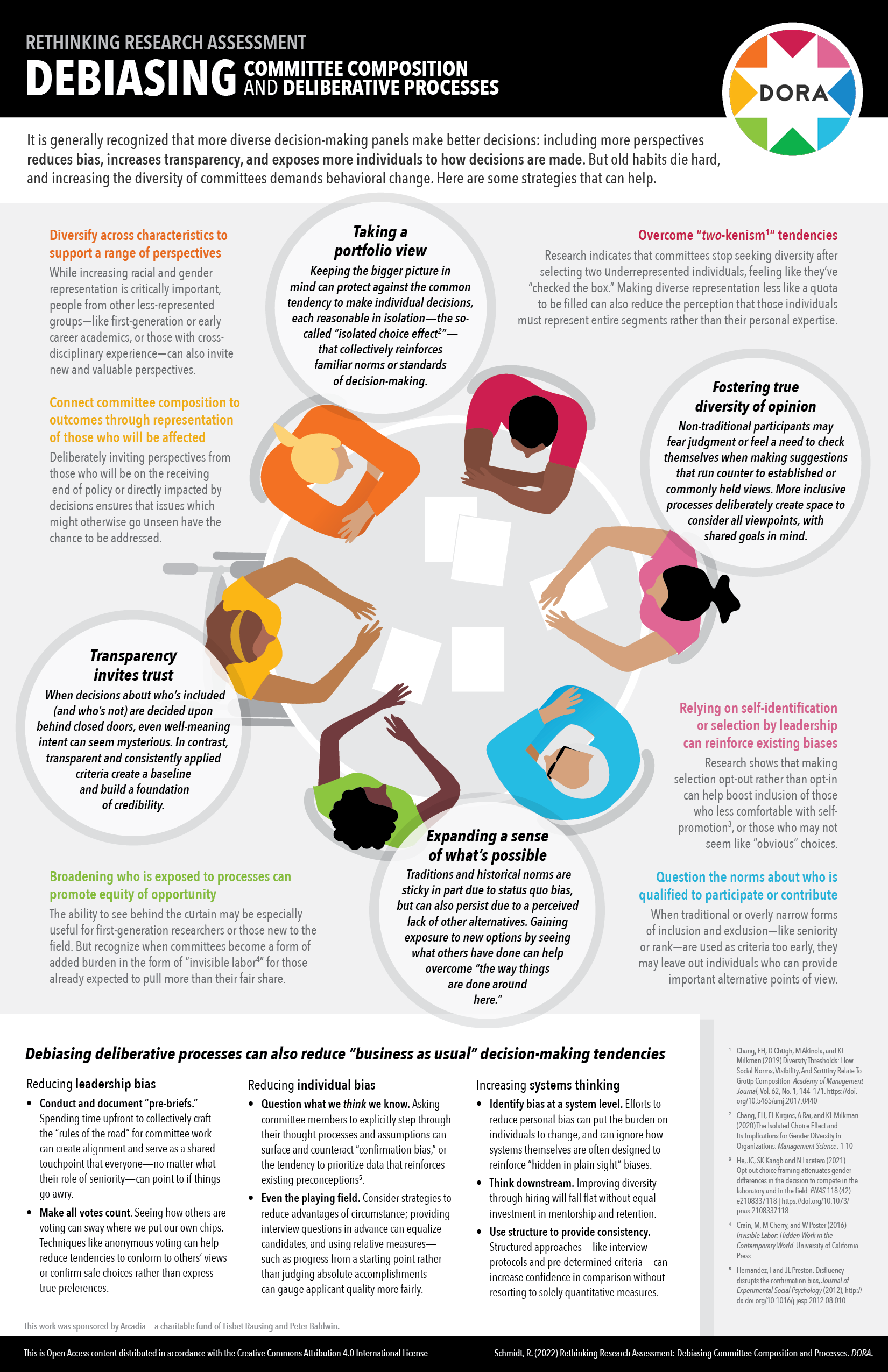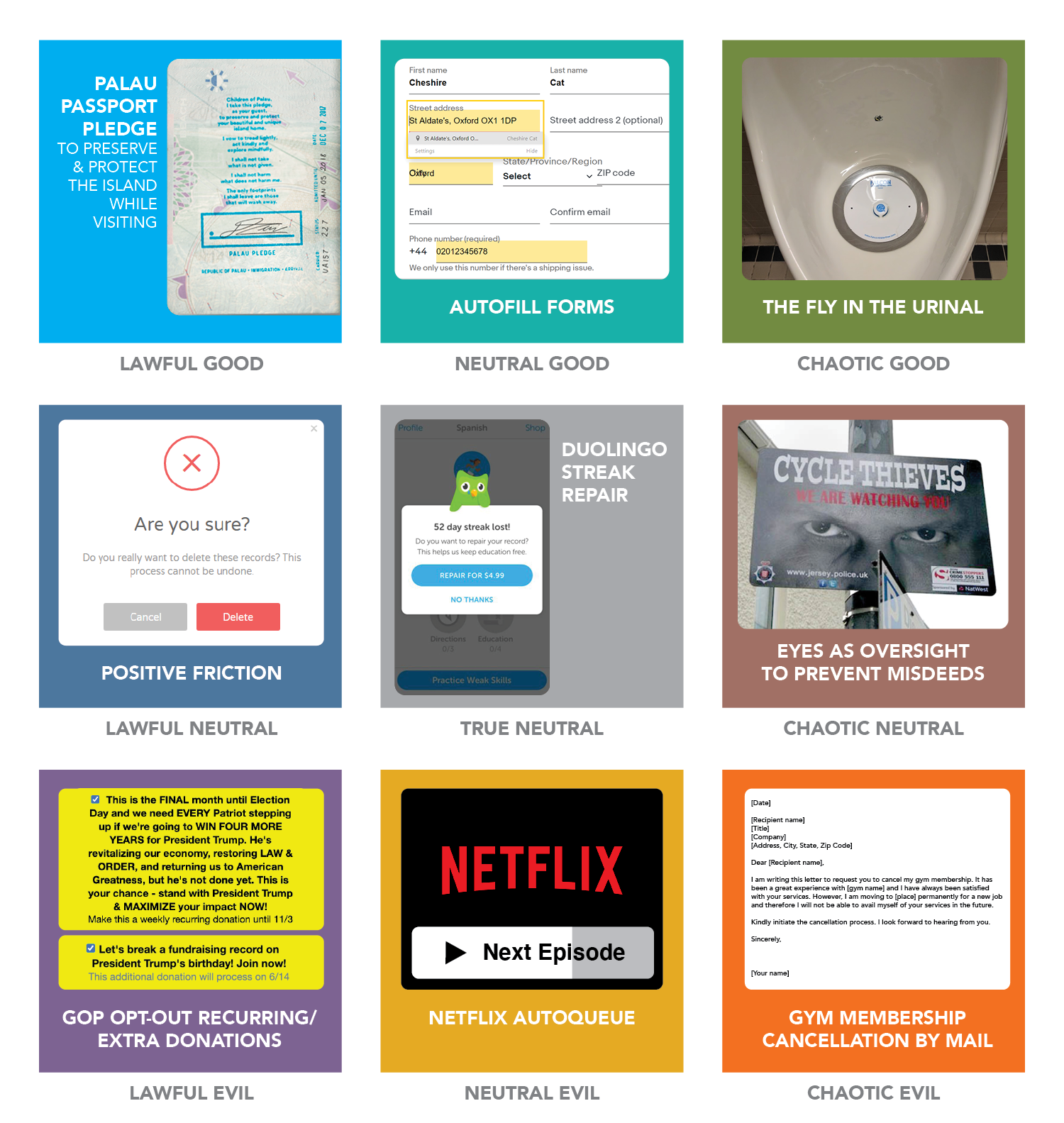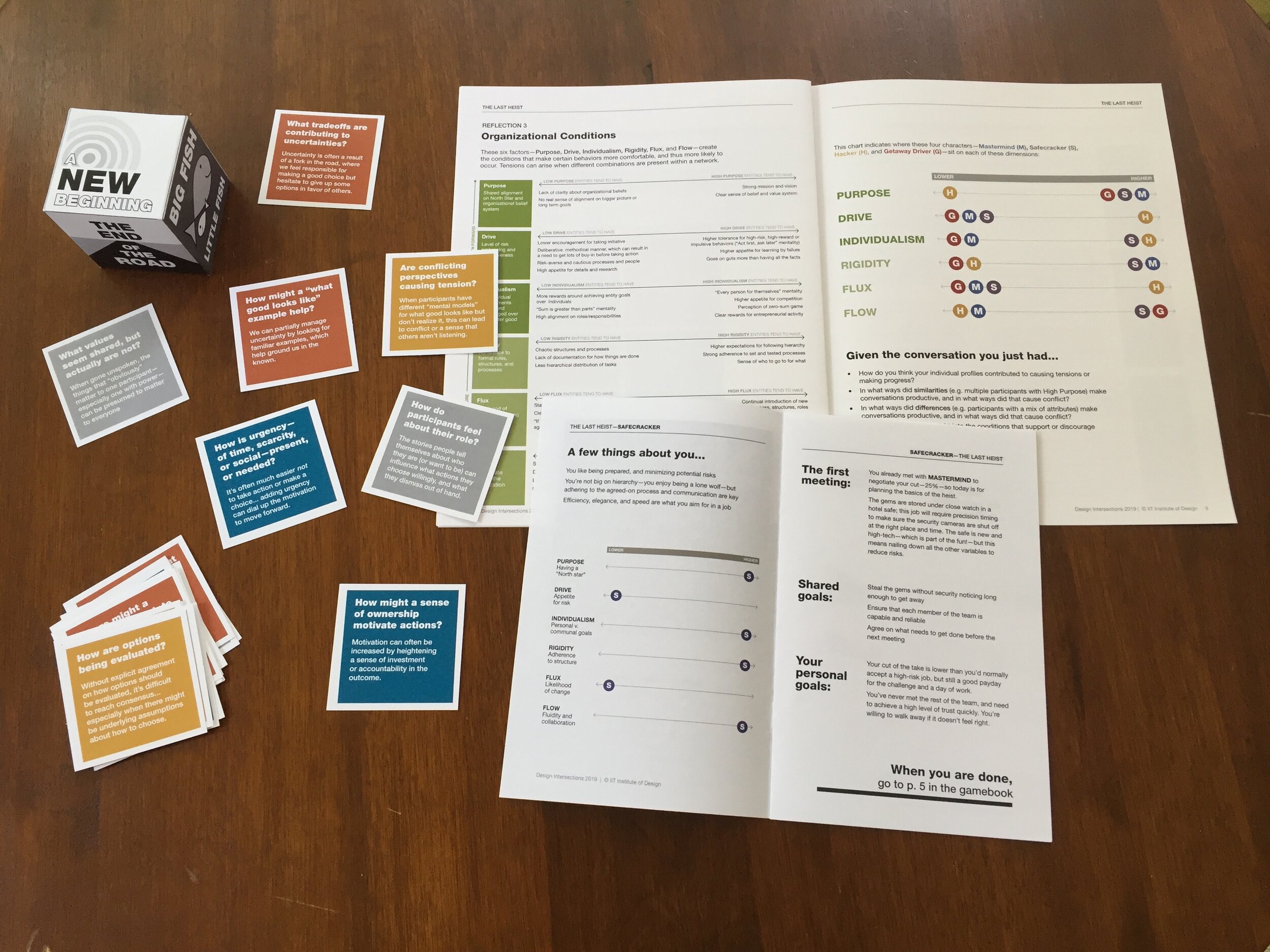0
A Practical Guide to Implementing Responsible Research Assessment

0
Reformscape: Encouraging Responsible Research Assessment Reform

1
Building Blocks for Impact

1
Debiasing Committee Composition

0
SPACE to evolve research assessment

1
Behavioral Design alignment chart

1
Rethinking Research Assessment: Overcoming Institutional Biases

1
Rethinking Research Assessment: Ideas for Action

4
The Last Heist: Behavioral Conditions in Organizations

1
Inside-out and Outside-In Behavioral Design

1
Positive Friction

1
Humans, Risk and Uncertainty

1
Behavioral Design for Organizational Leadership

1
Behavioral Ability Model

1
Me, We, Tools, and Rules

1
Doblin Behavioral Design Toolkit





